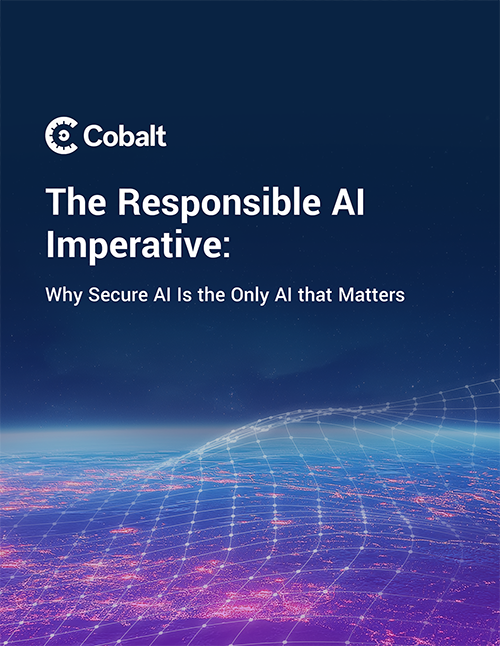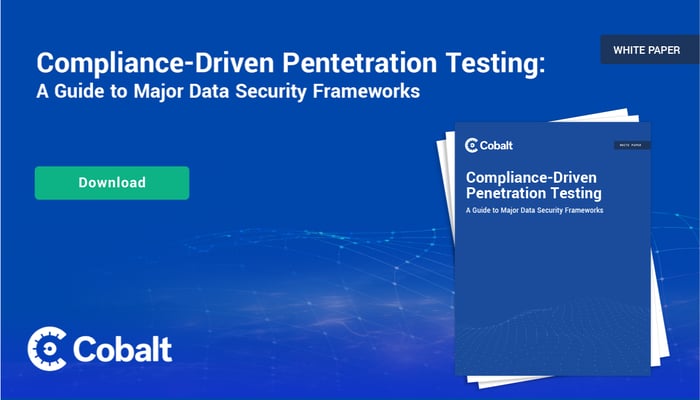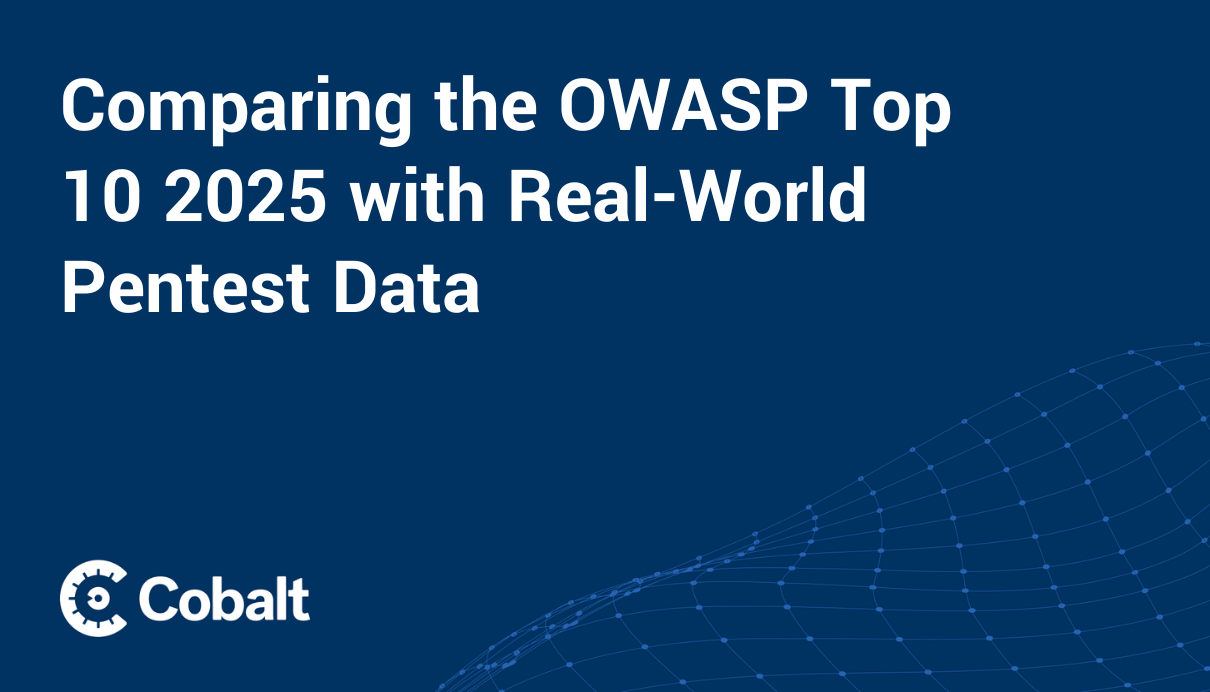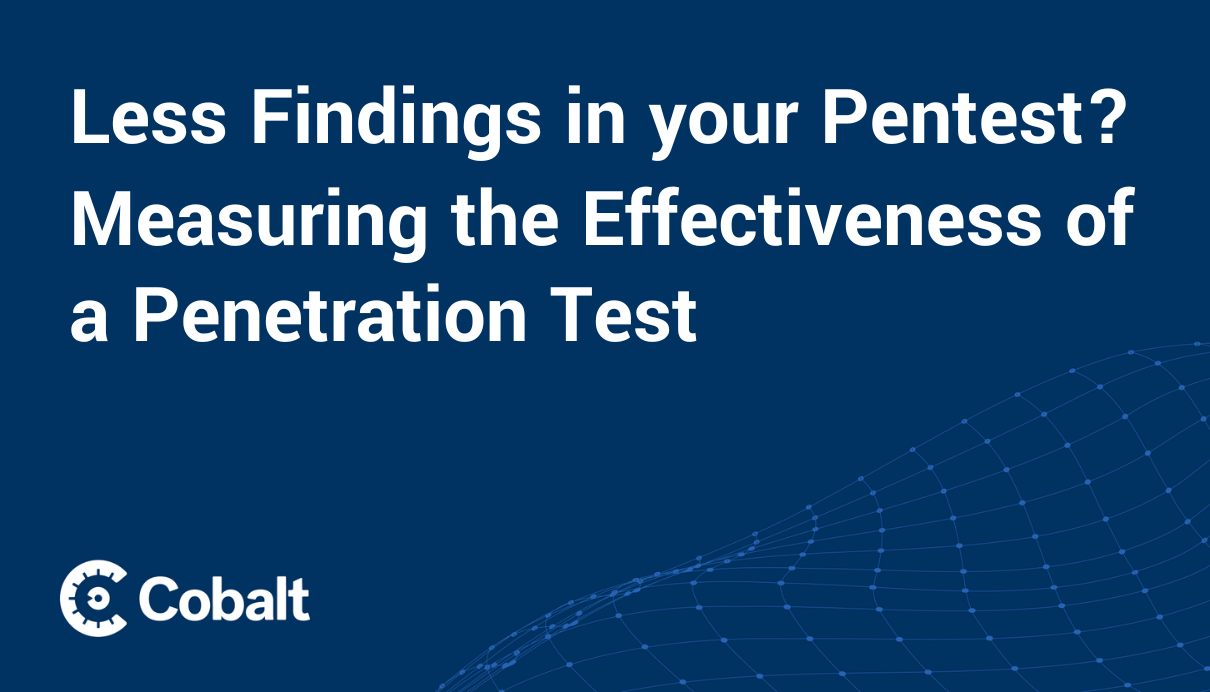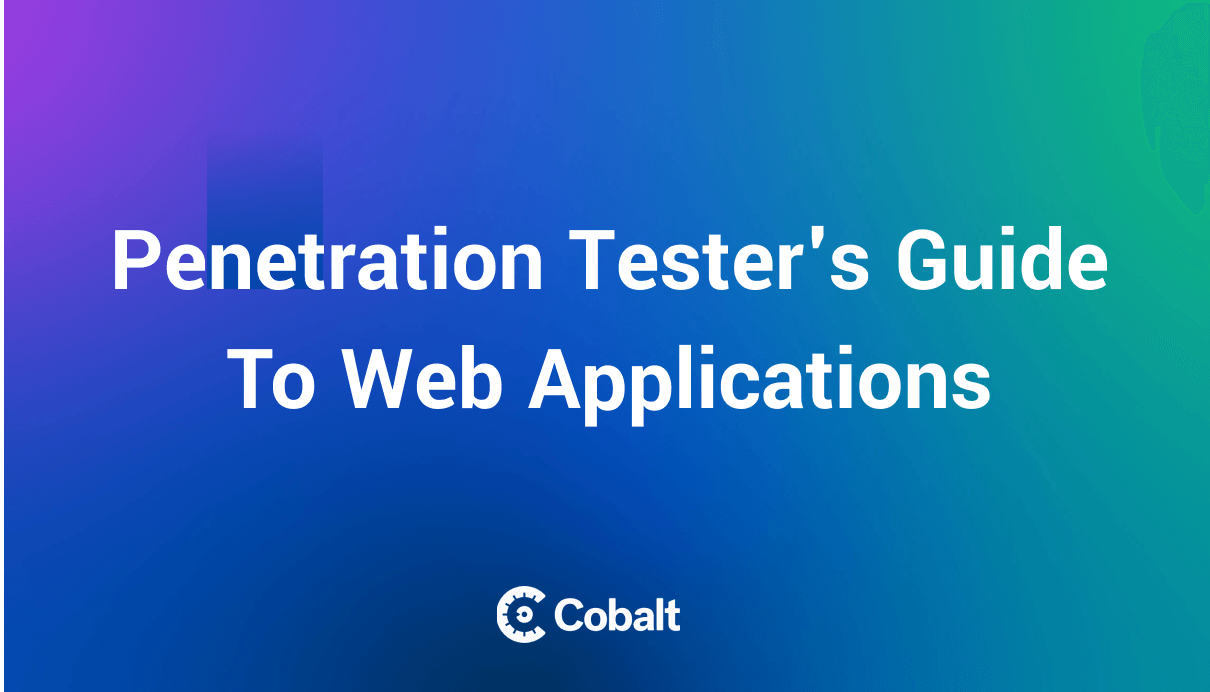Penetration testing has become such an important part of cybersecurity that some regulatory frameworks now require annual pentesting for compliance. But how often should you run pentests to ensure your network and apps are protected? In this blog, we’ll provide guidance on pentest frequency, covering standard best practices, regulatory and compliance drivers, and pentesting as a service (PTaaS). Use our guide to help you decide what schedule is right for your organization.
Why Pentesting Frequency Matters
With new security threats emerging daily, conducting a one-time pentest isn’t sufficient to maintain an effective security posture. Even the common practice of running annual pentests often isn’t adequate for highly regulated industries, high-risk organizations, or rapidly changing infrastructures. Some businesses may need to run pentests quarterly or even more frequently.
On the other hand, running comprehensive pentests too frequently can become time-consuming and costly. A pragmatic pentesting schedule must balance risk exposure with operational resources and costs.
Standard Best Practices
At a minimum, running a pentest at least once a year is recommended as a baseline for most organizations, and some regulatory frameworks require annual pentests for compliance. Additionally, compliance standards may require you to conduct pentests after any significant network or app updates.
For example, the Payment Card Industry Data Security Standard (PCI DSS) standard that governs credit card transactions requires organizations to conduct pentests once a year and after any major changes to network or app infrastructure. As this illustrates, compliance requirements and infrastructure updates form two key criteria for selecting pentest frequency.
Risk-Based Frequency
Risk represents another fundamental factor for determining pentest schedules. For example, as of October 2025, the Health Insurance Portability and Accountability Act (HIPAA) currently requires organizations handling healthcare data to identify and address reasonably anticipated threats to information integrity and security. While this does not specifically mandate annual pentesting (a provision which may change under proposed updates), regular pentests are recommended to meet this requirement. Adjusting testing schedule to risk level is the most practical way to implement this imperative.
In general, organizations that store or transmit high-value assets or sensitive data should conduct pentests frequently enough to address emerging risks. Likewise, significant code changes introduce new risks that call for fresh pentests.
As a rule of thumb, pentests should be conducted at least quarterly for organizations with high risk levels due to sensitive data, large volumes of data, or complex infrastructures. For instance, this typically would apply to financial and healthcare organizations. However, when risks are extremely high due to significant technology updates or emerging security threats, more frequent or even continuous testing may be appropriate.
Regulatory and Compliance Drivers
Applicable regulatory frameworks may dictate specific requirements for pentesting cadence. For example, some of the most important pentesting standards for compliance include:
- PCI DSS: Pentesting required at least annually and after any major infrastructure updates.
- Financial Industry Regulatory Authority (FINRA): Requires cybersecurity assessments, recommending but not mandating pentesting.
- Service Organization Control 2 (SOC 2): Requires general policies for securing systems and data without specifically mandating pentesting.
- HIPAA: Currently requires protecting data integrity and security and recommends without requiring pentesting, but proposed HIPAA security rule changes may soon mandate biannual vulnerability scanning and annual pentesting.
- National Institute of Standards and Technology (NIST): Requires pentesting for certain systems and recommends structured phases for planning, reconnoitering, conducting, and reporting pentests.
- International Organization for Standardization (ISO) 27001: Requires thorough risk assessments without specifically mandating pentesting.
In general, popular regulatory frameworks either require annual pentests, supported by biannual vulnerability scanning under proposed HIPAA changes, or they don’t specifically mandate pentests, but recommend them for compliance with broader cybersecurity guidance.
Regulatory guidelines typically represent minimum requirements, not optimal schedules for safeguarding data, and organizations with strong security needs generally should exceed these minimal guidelines.
Emerging Approach: Continuous Pentesting
For organizations facing high risk or seeking to optimize their security posture, continuous pentests using pentesting as a service (PTaaS) is emerging as the gold standard. Conventional annual pentests are comprehensive in scope and may take months to schedule. In contrast, continuous pentests focus on specific infrastructure or app targets or specific vulnerabilities, enabling them to be scheduled much more rapidly, even within 24 hours.
Continuous pentesting represents a security counterpart to agile software development. An agile methodology approaches development as an incremental, iterative process with testing and debugging implemented throughout the software lifecycle, including before and after deployment. This helps catch bugs early in the development process, saving time on fixes in later phases.
Likewise, an agile pentesting approach integrates periodic security testing into the development lifecycle rather than placing the full burden of security on annual pentests. Small-scale pentests for specific issues can be conducted as needed throughout development and deployment. This helps prevent security problems before deployment, while making it easier to mitigate risks after deployment before attackers discover them.
An agile approach complements periodic comprehensive tests and vulnerability scanning. Combining these methodologies enables organizations to go beyond minimal requirements and fortify their security posture.
Pentesting Frequency Options
When deciding on a pentesting frequency for your organization, you have five basic options:
- Annual pentesting: Minimum requirement for major compliance frameworks, best suited for smaller organizations with low risk levels, stable infrastructures, managed security services, or low budgets.
- Semi-annual pentesting: Offers alternative to quarterly pentesting balancing security and cost-effectiveness for organizations with limited resources that need to test more than once a year, best for growing organizations with moderate but increasing security risks or organizations that need to protect intellectual property, such as tech or industrial companies.
- Quarterly pentesting: Recommended minimum for organizations with high risk, such as financial and healthcare providers.
- Event-driven pentesting: Recommended after major infrastructure upgrades, discovery of emerging threats, or breaches, and before impending mergers.
- Continuous pentesting: Recommended for organizations with high risk, frequent software updates, or rapidly emerging threats, frequency and budget can be adapted to focus on priority risks.
These options aren’t necessarily mutually exclusive. For instance, you should conduct event-driven pentesting after a major infrastructure upgrade or breach even if you’ve already scheduled annual pentesting.
How to Decide What’s Right for Your Organization
Which pentesting scheduling option is right for your organization? When planning your schedule, consider:
- Compliance obligations: Does your industry require you to meet any regulatory requirements for pentesting or vulnerability scanning minimums, and are the required minimums enough for you to protect the integrity and privacy of your apps and data?
- Risk profile: Do you store or transmit high-value data or large volumes of sensitive data?
- Risk environment: Has your software, industry, or business recently been targeted by known threats?
- Security history: Have you recently had a data breach or major security incident?
- Technology changes: Have you recently updated any major business technology, or do you make regular software or coding updates?
- Business changes: Have you recently made any business changes that increase your security exposure, or are you preparing for a business acquisition or merger?
- Budget: What is your IT budget, and how much do you have allocated for security and pentesting?
Use these discovery questions to help you decide how frequently you need to schedule pentesting. You may decide that you need to supplement regularly scheduled comprehensive pentesting with more focused event-driven or continuous pentesting designed to target specific vulnerabilities.
Optimize Your Pentesting Schedule with Cobalt
Whether you only need annual pentesting to meet compliance requirements or continuous pentesting to strengthen your security posture, Cobalt can help you optimize your pentesting schedule. Our pentesting as a service platform makes it easy for you to schedule tests on demand with our team of over 450 elite pentesters, carefully screened for expertise and experience. Our experts work with your team through Slack or Teams, in-platform messaging, and integration with your existing security tools to schedule customized pentests within 24 hours, not months. We offer pentesting for internal and external networks, APIs, and for all your apps, including web, mobile, desktop, and AI/LLM. Contact us to discuss your pentesting needs and get started today.

